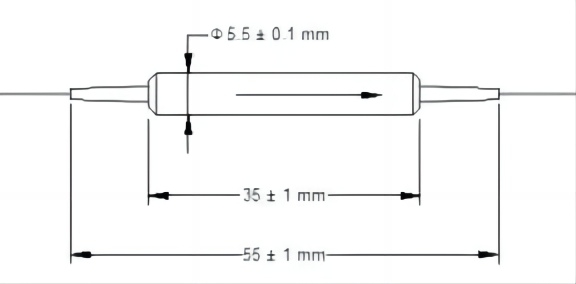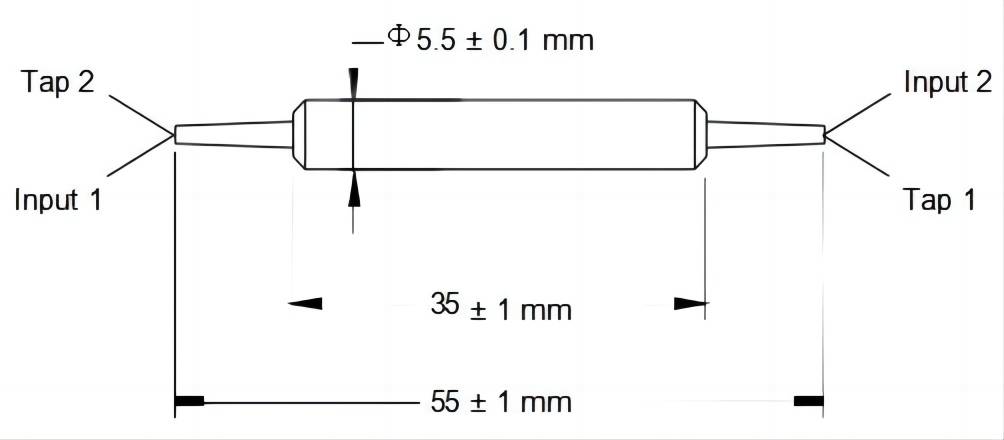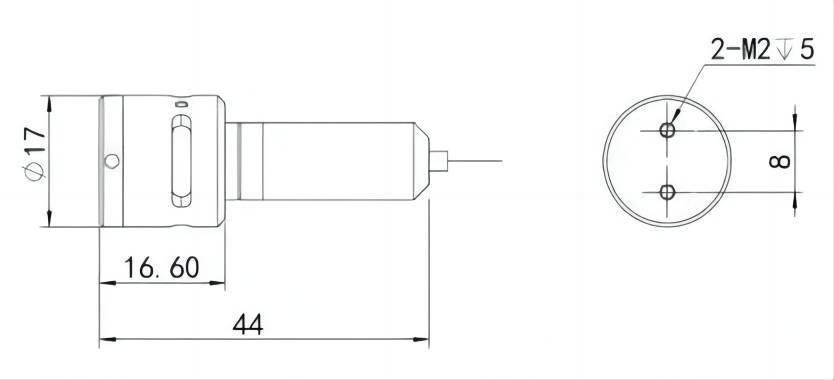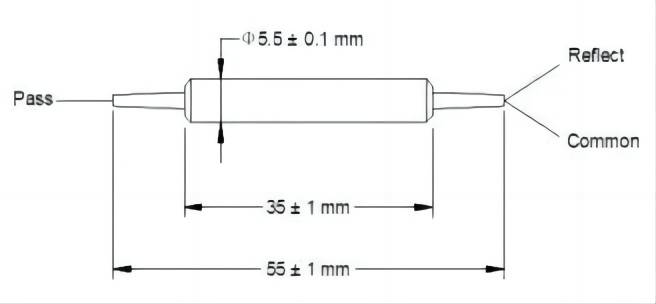A Guide to Avoiding Pitfalls in Selecting Optical Passive Components
Today, with the rapid development of optical communication, data centers, 5G and other fields, system stability, cost control and maintenance difficulty are like three huge mountains, always standing in the way of the industry’s development. Optical passive components, which seem to be “unknown” roles in optical networks, are actually the key to determining the reliability of the entire system. Once the wrong components are selected, it may lead to a chain reaction of system collapse and soaring costs.
The Most Widely Used Optical Passive Devices: What Core Problems Do They Solve?
1.Optical fiber connectors (LC/SC/FC/MPO, etc.)
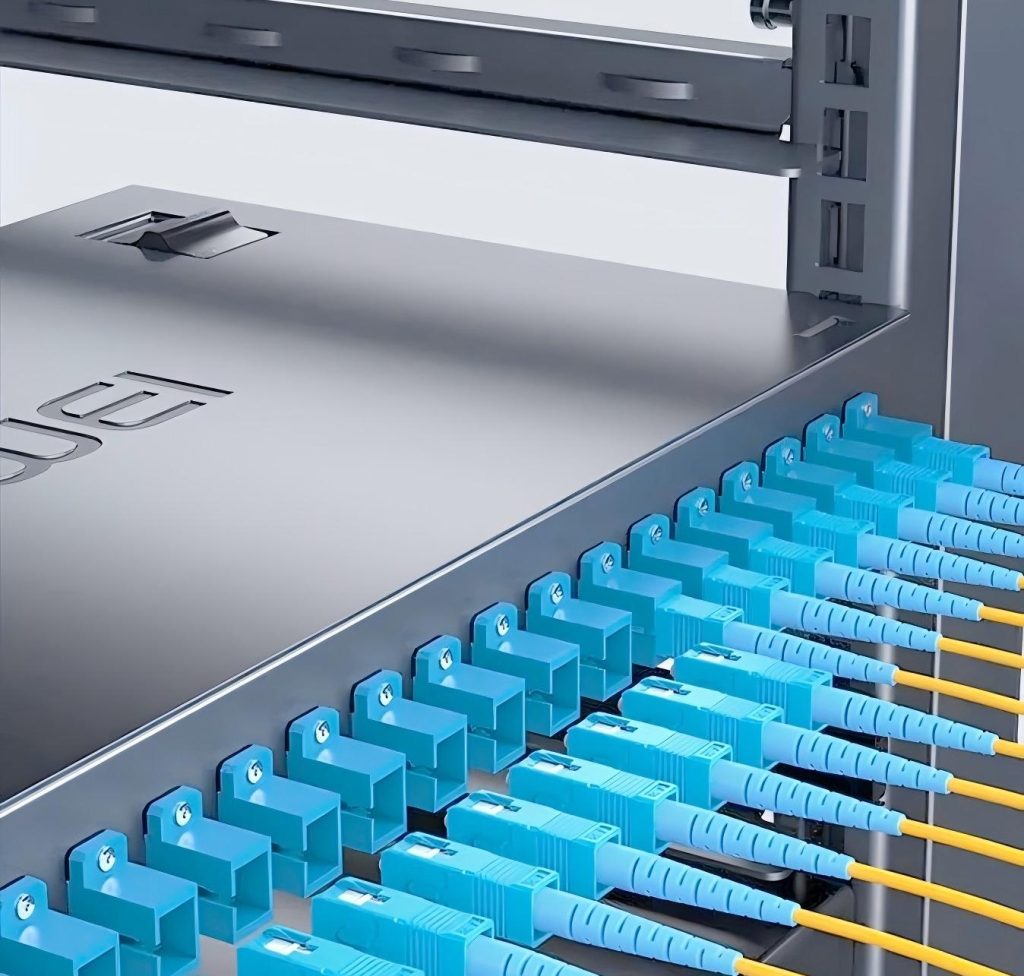
Fiber optic connectors are important components for achieving detachable connections between optical fibers and optical fibers, and between optical fibers and other optical components. In data centers or base station sites, fiber optic connector problems are often the most troublesome. We often encounter situations where, although all indicators are qualified during testing, the signal frequently deteriorates during actual operation. The reason for this situation is usually the following three problems with the connector:
- Large insertion loss fluctuations
- Performance degradation after repeated plugging and unplugging (data centers perform more than 50 plugging and unplugging operations on average per day)
- End face contamination can cause an additional loss of up to 3dB
The latest solutions to these problems include:
- Using eight-sided physical contact (APC) connectors, the return loss can be reduced to -65dB
- Selection tips for quick on-site cleaning tools (comparative tests show that some cleaning methods leave more residue)
2. Optical Fiber Coupler (Fused /PLC)
The core function of fiber optic couplers is to split or combine optical signals. Its selection is often a dilemma. We found in actual applications that the following situations exist:
- The temperature drift of the fused cone type (Fused) reaches 0.05dB/℃
- The polarization-dependent loss (PDL) of the PLC type affects the Q factor
- The uniformity of the 1×64 high-branching ratio device is out of control
After a lot of actual tests, we have summarized the following selection guide:
- PLC type is preferred in constant temperature environment, and the fused type is more reliable in field scenes
- The latest asymmetric splitting technology can solve the power waste problem of monitoring channels
3. Wavelength Division Multiplexer (CWDM/DWDM/LWDM)
The performance of the wavelength division multiplexer directly affects the system capacity and transmission distance. The three nightmare-level problems we encountered include:
- Channel crosstalk causes bit error rate to soar (adjacent channel isolation < 25dB)
- Temperature change causes wavelength drift (0.08nm/℃ cost)
- Insertion loss curve of devices with more than 40 channels shows “smile” distortion
The latest breakthrough solutions worth paying attention to are:
- AThermal technology aluminum coating layer as a thermal compensator to control temperature drift to ±0.02nm
- Free space optical design breaks through the 128-channel bottleneck
- Loss optimization technology for mixed transmission of C-band and L-band
4. Optical attenuator (fixed/adjustable/intelligent)
The function of the optical attenuator is to control the power of the optical signal. This seems simple, but it actually hides a mystery. The painful lessons we have learned include:
- The echo reflection of the mechanical attenuator causes the laser mode to jump
- The manual adjustment error causes the test result to deviate by ±1.5dB
Now there are more advanced solutions:
- Magnetic fluid attenuation technology achieves 0.001dB resolution
- Programmable attenuator with SCPI command to build an automated test platform
- Necessity analysis of special coatings in the 1550nm band
5. Optical isolator (polarization-dependent / polarization-independent)
The core function of the optical isolator is to prevent the reflection of the optical signal from affecting the system. Its problems are often hidden deep, but the consequences are serious. The invisible killers we found include:
- 30dB isolation still cannot suppress Rayleigh backscattering
- Thermal lens effect in high-power scenarios (failure at >500mW)
- Extinction ratio degradation of polarization-maintaining isolators
Effective protection strategies include:
- Three-stage cascade isolation architecture to achieve 60dB ultra-strong isolation
- Spectral isolator design for erbium-doped fiber amplifiers (EDFAs)
- Measured data on the impact of isolators of different brands on the relative intensity noise (RIN) of DFB lasers
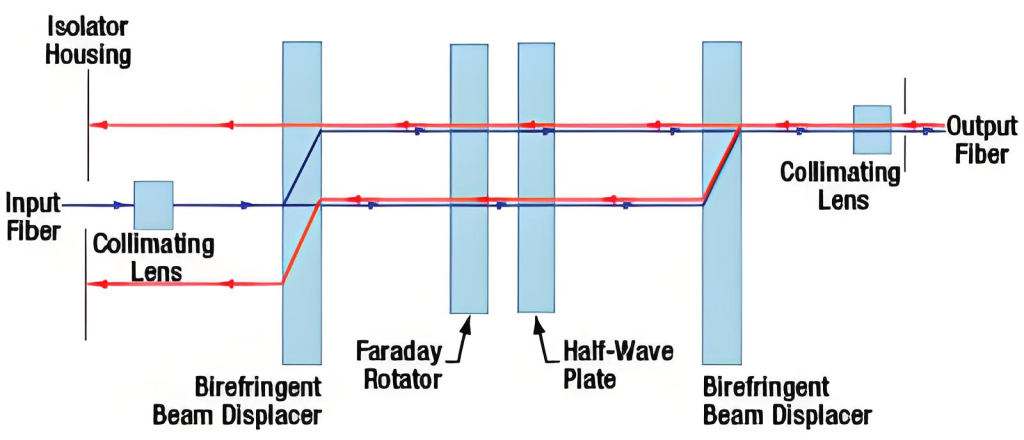
Scenario-based Applications
Data center scenarios
The demand for optical passive devices in data centers is mainly concentrated on high speed, high density and high reliability. Inside the data center, a large number of servers, storage devices and switches need to transmit data at high speed, so optical fiber connectors should choose products with low insertion loss, high return loss and good mechanical stability, such as LC, MPO and other types of connectors. Fiber couplers need to have the characteristics of low loss and high splitting ratio accuracy to meet the distribution and transmission needs of optical signals inside the data center. Wavelength division multiplexers are also increasingly widely used in data centers. By adopting dense wavelength division multiplexing (DWDM) technology, the transmission capacity of optical fibers inside the data center can be greatly improved to meet the growing data traffic needs. Optical attenuators are used to adjust the power of optical signals to ensure that the optical receiver can work properly. Optical isolators can prevent optical signal reflections from interfering with data center equipment and improve system stability.
Metropolitan area network and backbone network scenarios
In metropolitan area networks and backbone networks, optical passive devices need to meet the transmission requirements of long distances, large capacity and high reliability. Fiber optic connectors should have good environmental adaptability and long-term stability to cope with complex outdoor environments. Fiber couplers need to have low insertion loss and high splitting ratio to ensure the quality of optical signals during long-distance transmission. Wavelength division multiplexers are one of the core components of metropolitan area networks and backbone networks. The implementation of CWDM or DWDM technologies enables the transmission of numerous optical signals on a single optical fiber, thus enhancing its utilization and substantially increasing the transmission capacity. During long-distance transmission, complete power loss is encountered. To remedy this, optical attenuators are utilized to both reduce and compensate for power loss incurred during distance transmission. Optical isolators can effectively prevent the impact of optical signal reflection on the system and ensure the stability and reliability of long-distance transmission.
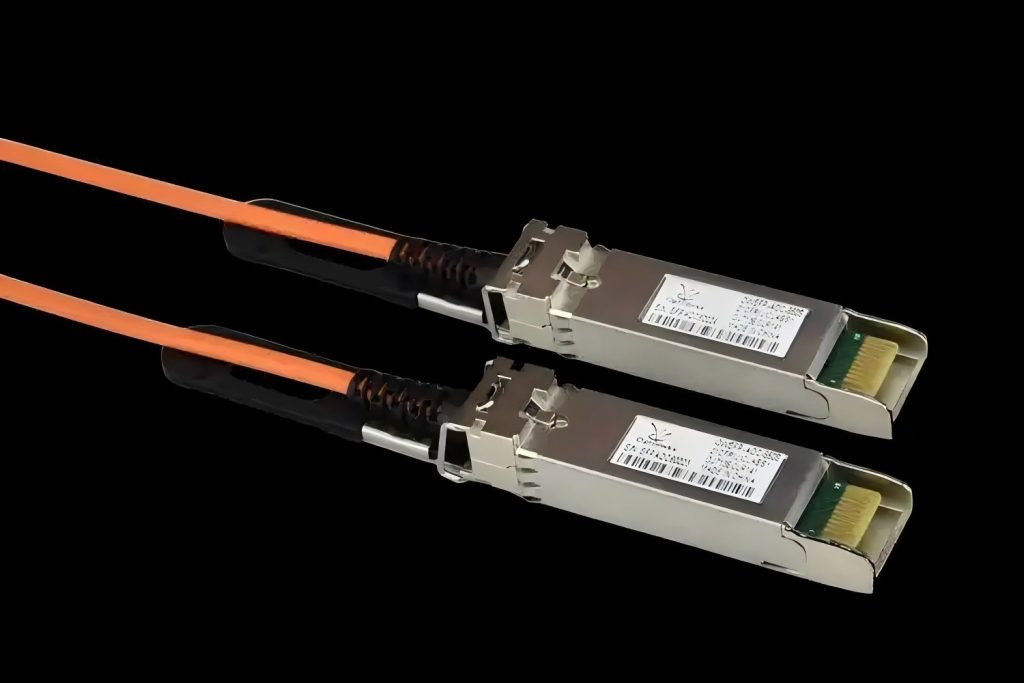
Fiber optic sensing scenarios
The requirements of optical passive devices in fiber optic sensing systems focus on high precision, high sensitivity and stability. Fiber optic connectors need to have low loss and high repeatability to ensure stable transmission of optical signals in sensing optical fibers. Fiber optic couplers must possess a splitting ratio so precise that it causes no overlap in allocation to individual sensing fibers which would disrupt signal clarity. Fiber optic multiplexers can also be used in sensing applications to enable greater multi-channel integration, as well as improve monitoring functions within one system. Optical filters must vary their sensitivity according to the environment or conditions; therefore, apparatuses must be installed that accurately monitor and adapt signal levels when required. Along with such devices comes optical isolators which further eliminate light external interference with signals being processed by the sensing systems thereby improving overall functionality.
Key points of supplier selection and quality control
1. How to evaluate the true capabilities of suppliers?
When choosing a supplier of optical passive components, it is difficult to guard against problems such as false parameters, falsified test data, and slow after-sales response. To evaluate the true capabilities of suppliers, you must ask these 3 key questions: Can you provide a third-party reliability test report? Is there a strict quality control system in the production process? How long is the response time of after-sales technical support? Through these questions, you can preliminarily judge the credibility of the supplier.
2. Incoming material inspection and long-term reliability verification
The laboratory test passed, but it does not mean that the device will not have problems in actual application. Frequent batch failures on site are often due to neglecting incoming material inspection and long-term reliability verification. When inspecting incoming materials, key indicators should be sampled, such as insertion loss distribution, high temperature aging test, etc. Insertion loss distribution can reflect the consistency of the connector, and high temperature aging test can test the stability of the device in harsh environments. For long-term reliability verification, you can simulate the actual application scenario and conduct a long-term operation test on the device to ensure that its performance is stable and reliable during long-term use.
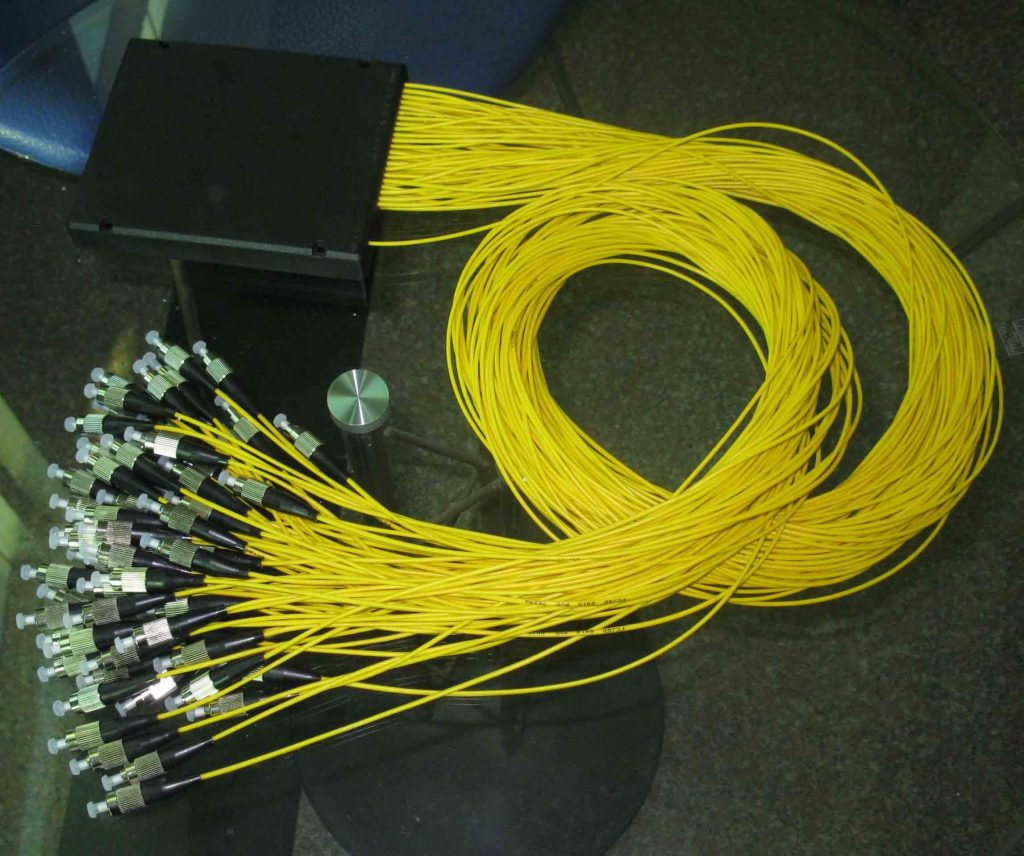
The Most Common Pitfalls For Users – How To Avoid Them?
Misconception 1: “Low price first” trap
Some users only care about price when choosing optical passive components and choose inferior products. Little do they know that inferior splitters may cause network-wide failures, and the subsequent maintenance and replacement costs will far exceed the initial savings.
Misconception 2: Ignoring environmental adaptability
Different application scenarios have different requirements for the environmental adaptability of optical passive components. If environmental factors such as temperature and vibration are ignored, the components may fail prematurely. For example, in outdoor 5G base stations, the selected components must have good high temperature resistance, low temperature resistance and vibration resistance. When selecting, select components that meet the corresponding standards according to the actual application environment.
Misconception 3: Over-design problem
Some users believe that choosing high-end components will definitely guarantee the performance of the system. But in fact, not all scenarios require high-end components, and matching requirements is the key. For example, in some local area networks that do not require high transmission rates, ordinary fiber optic connectors and optical splitters can meet the needs, and excessive pursuit of high-end components will only increase costs. When selecting a device, you must fully understand the actual needs of the project and choose the most appropriate device.
Conclusion: Using scenarios to infer the “golden triangle” of selection
Although optical passive components may seem insignificant, they determine the underlying stability of the optical network system. When selecting optical passive components, it is more important to accurately match the requirements than to blindly pursue parameters. cq-smart offers a wide range of products that are widely used in long-distance communications, fiber optic sensing and other fields.


